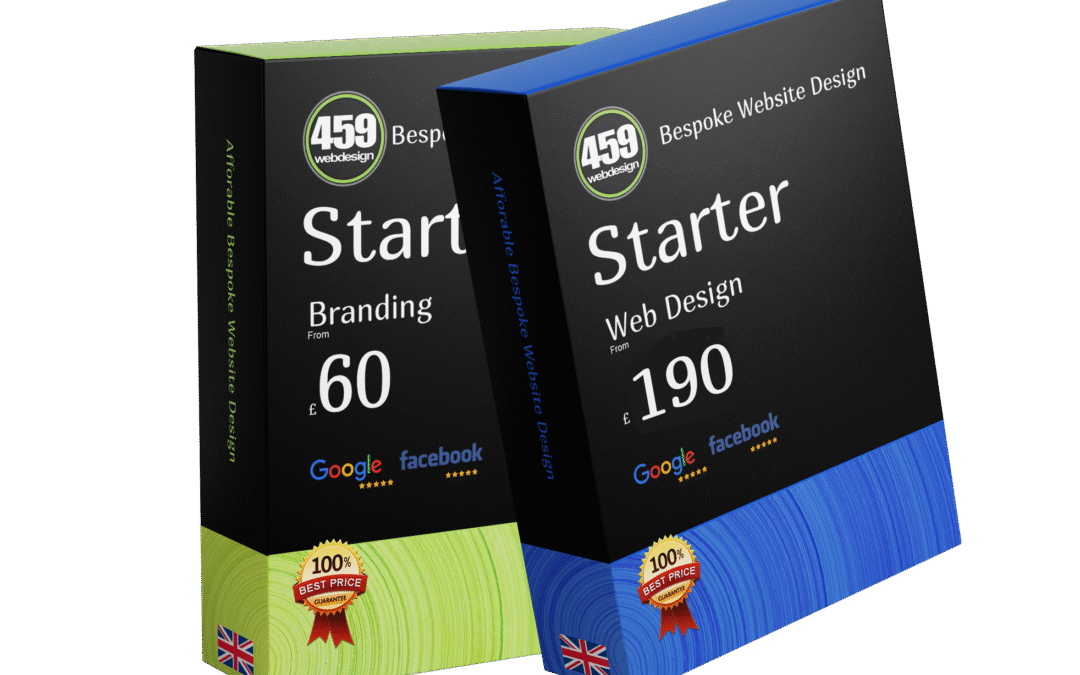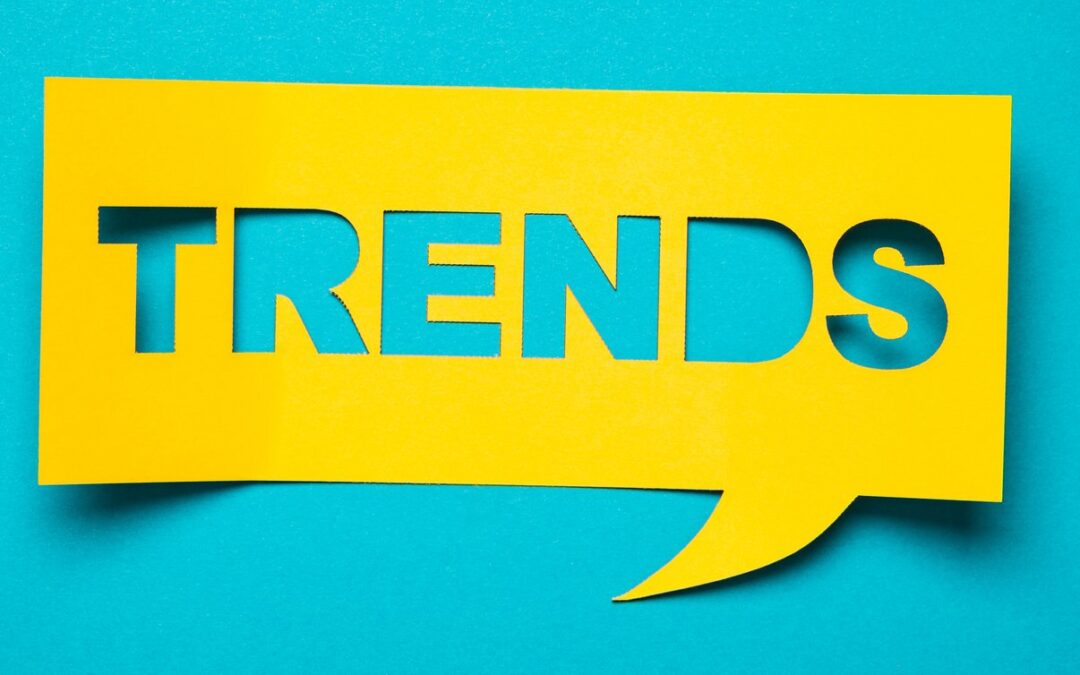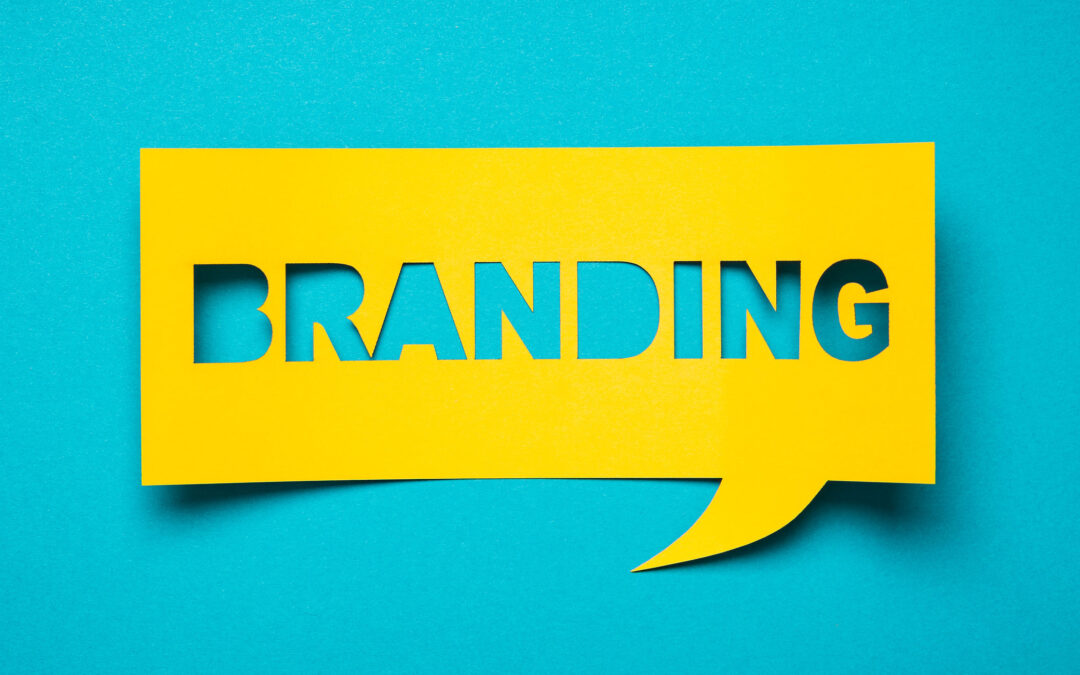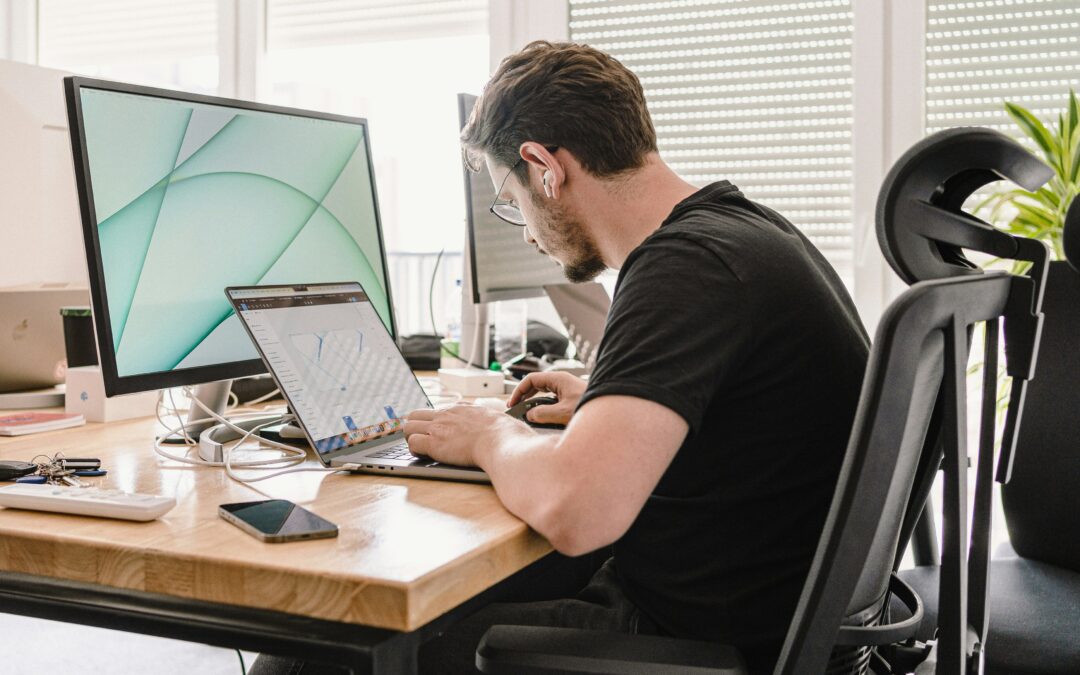Web Design Trends for 2025: What Every Web Designer Should Know
The role of a web designer has never been more dynamic. In 2025, the web is evolving beyond visuals—it’s becoming intelligent, adaptive, and deeply human-centered. Today’s designers aren’t just crafting layouts; they’re shaping interactive ecosystems that blend creativity, technology, and psychology. As we move further into this digital decade, let’s explore the top web design trends every designer should master in 2025.
1. Designing with AI, Not Against It
AI has officially become a creative partner for web designers. Instead of replacing designers, AI tools now enhance their capabilities—automating routine tasks, generating design variations, and personalizing user experiences in real time. A skilled designer in 2025 knows how to collaborate with AI: using it to analyze user data, refine accessibility, and create designs that evolve based on behavior. The focus has shifted from designing static pages to designing adaptable, intelligent interfaces that “learn” from users.
2. Bringing Stories to Life with 3D and Interactivity
The modern web thrives on interaction, and 3D design has moved from novelty to necessity. Tools like Spline and Three.js allow designers to create immersive experiences directly in the browser. From interactive product showcases to visual storytelling, 3D and motion graphics help brands stand out. For designers, this means developing skills in animation, spatial design, and storytelling—crafting digital experiences users can explore, not just view.
3. Neo-Brutalism: The Designer’s Rebellion
In 2025, design minimalism takes a bold turn with Neo-Brutalism. This trend embraces raw textures, strong contrasts, oversized typography, and intentionally “unpolished” elements. For web designers, it’s a rebellion against overly sleek, AI-generated perfection—a way to inject personality and authenticity into digital spaces. Neo-Brutalism reminds designers that imperfection can be powerful, giving websites a human edge that resonates emotionally.
4. Designing for Sustainability and Accessibility
Web designers in 2025 are also digital environmentalists. Energy-efficient design, especially dark mode optimization, has become a standard practice. Beyond aesthetics, this shift reflects a broader responsibility: creating inclusive, accessible, and sustainable websites. Designers are prioritizing lightweight builds, optimized performance, and accessibility features such as high-contrast text and voice navigation. The best designers are those who consider both user comfort and planetary impact.
5. The Rise of Voice and Gesture Design
Voice interfaces and gesture-based navigation are redefining what it means to “use” a website. Designers now face a new challenge—creating interfaces that respond to speech and motion. As AI assistants and AR devices grow more common, web designers must think beyond screens, designing for natural human interaction. This new skillset combines UX strategy, sound design, and intuitive feedback systems to make technology feel effortless.
6. Mastering Micro-Interactions and Motion Flow
In 2025, it’s the little details that make a website unforgettable. Micro-interactions—those tiny animations and transitions that respond to user input—bring a sense of play and connection. Motion design, when used subtly, guides users through a journey rather than a series of static pages. For web designers, mastering motion is about balance: movement should support usability, not distract from it.
Conclusion: The Designer’s Role in a Human-First Web
As web design continues to evolve, the designer’s role is more crucial than ever. In 2025, successful designers are not just visual creators—they are experience architects, storytellers, and technologists. They blend AI intelligence with human empathy to craft digital experiences that feel personal, purposeful, and alive.
The future of web design belongs to those who embrace change, stay curious, and keep designing with both heart and innovation.










